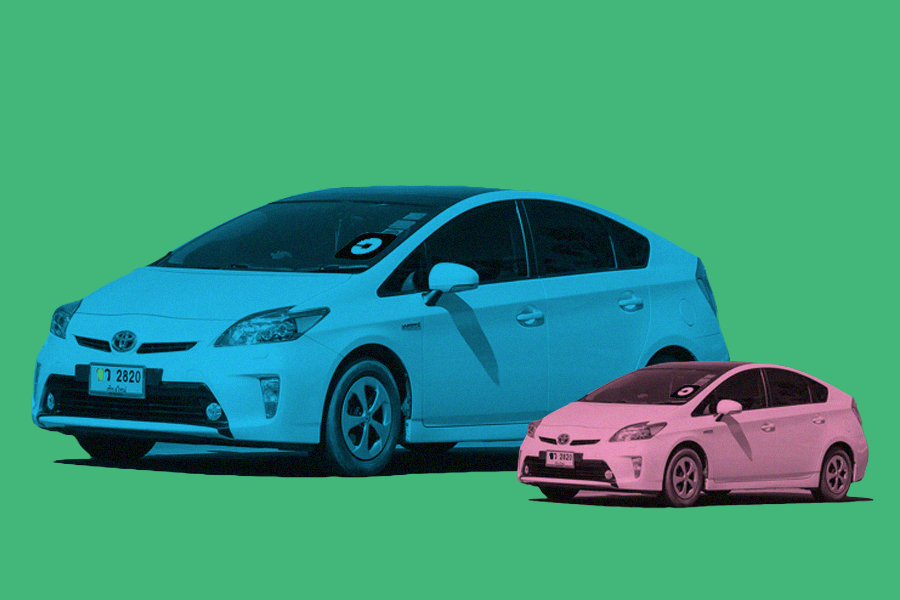First, the unsurprising news: Uber partnered with economists from Stanford and the University of Chicago to study whether there’s a pay gap between its male and female drivers, and sure enough, they found one. Specifically, women drivers earn approximately 7 percent less than their male counterparts ($20 an hour compared to $21 an hour), according to the study, which was released earlier this week and can be viewed in full here.
Now, the surprising part: The report finds zero evidence of gender discrimination. Instead, it effectively demonstrates how the pay gap isn’t due to an explicit, coordinated effort to pay women less than men (because that would be illegal), but the byproduct of a host of social factors that stem from (and reinforce) traditional gender norms, and in turn, limit women’s upward mobility in the workplace.
Basically, Uber’s study argues that men earn slightly more than their female colleagues because they’re more “productive on the platform.” It identifies three reasons for this discrepancy:
- Average speed. Like all men, male Uber drivers tend to drive faster than women — about 2 percent faster, to be exact — allowing them to complete more rides. Also, quick trips result in better ratings from riders. This is the most important factor, accounting for half of the pay discrepancy.
- Driver experience. On average, male Uber drivers have more than two years experience driving for Uber, whereas most of the female drivers have only been on the platform for a couple of months. That extra experience equates to being a better driver and getting paid more. This explains about 30 percent of the discrepancy.
- Time and location of driving. Male Uber drivers tend to go after more lucrative trips — e.g., fares to and from the airport. Another good example: Men are more likely to work the graveyard shift on Saturday night/Sunday morning, when people need rides home from bars and surge pricing is likely to be in effect. After all, for nearly its entire corporate existence, Uber’s reputation has been marred by terrifying stories of women being sexually assaulted during Uber rides, both as drivers and riders. So it makes perfect sense that women are more reluctant to pick up drunk guys at 2 a.m.
This is where the Uber study dovetails with the larger debate about the pay gap. Pay-gap deniers (generally conservatives) dismiss the idea that society is sexist against women, especially as it pertains to work and compensation. Any gap in pay, they argue, is ultimately because women elect to go into lower-paying professions and work fewer hours than men.
But the fact that a pay gap exists at all is proof of a more subtle but nonetheless real bias against women in society, their opponents argue. In the case of Uber, it’s the very real threat of physical or sexual violence that keeps women from working the higher-paying shifts. On a wider level, it’s women being discouraged from certain high-paying professions because of the demands of domestic life.
The disheartening thing is that some of the seedier corners of the internet are taking the Uber study as proof that women are inherently inferior workers — and not proof that women face unique challenges as workers.
Which is to say that even though we’ve learned more about the pay gap, we’ve learned nothing.
